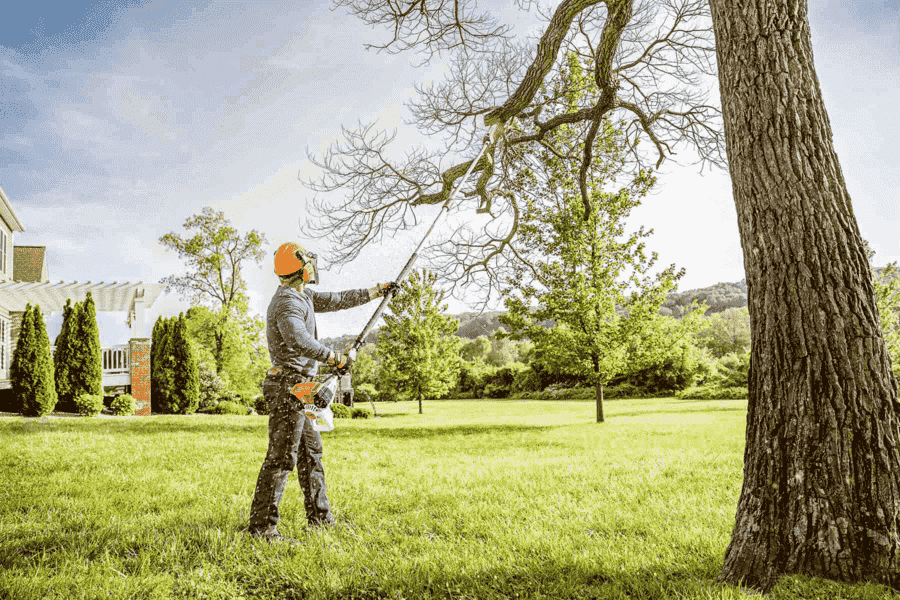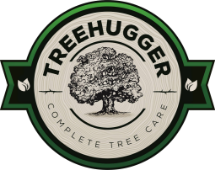
Do you have trees that are rubbing your house, maybe dead, or are constantly dropping debris in your yard? It might be time to look into trimming your trees!
When trimming your trees there are multiple different approaches, but several key things you should do and should not do. Trimming your trees is a delicate and precise process as your tree is a living organism that uses its branches to gather nutrients to live.
There are four main methods of tree trimming.
- Crown Cleaning/ Deadwooding- This is the process where we remove dead, broken and damaged branches. Its important to have a professional come out to access your trees as having a trained eye can spot problems that a homeowner might not see. This technique is used to improve for the overall health of the tree, it removes dead to help prevent the spread of disease. It removes unhealthy growth allowing for new growth and for the tree to use its nutrients in a more productive way.
- Crown Lifting- This process is used to do exactly what it says, selectively remove the lower branches to raise the crown. This process is generally used to remove branches so they don’t obstruct driveways, sidewalks or begin to rub on buildings. Crown lifting should be done in a cautious manner as it is usually an aesthetic process and by removing too many or large lower branches you could cause sunburn to the tree and decay.
- Crown Reduction- This process is used to reduce the height of a tree along with the spread of the crown. This is a good process to use to help prevent storm damage as large branches grow high above the stem they are susceptible to catching a lot of wind and can be torn out of the tree. This also is used to help with the aesthetics of the tree as it can stunt the growth of the tree allowing it to help fit in some urban settings. Crown reduction should not be mistaken with tree topping. Tree topping is when most of the crown of the tree is cut back including large branches to reduce the size of the tree. Topping results in weak unions where the new branches grow back and often leads to severe problems down the road when the new growth begins to break off very easily once it has grown back to a large size. This is never a good practice and only damages the tree and puts your property in danger. Crown reduction is a delicate process and should always be completed by a professional.
- Crown Thinning- This process is the selective removal of branches that are weak, rubbing other branches or are blocking air travel through the canopy. Creating space in the canopy allows for paper air to flow through the tree along with increasing the proper amount of sunlight. Thinning greatly improves the overall health of a tree and should be done on a regular basis as needed by a professional. It is important to work with the tree while thinning to ensure you don’t weaken the tree by removing too much in a specific time period.
Overall there are many different ways to trim your trees and it is important to maintain your tree as a healthy tree greatly improves the value of your property and is safer.

